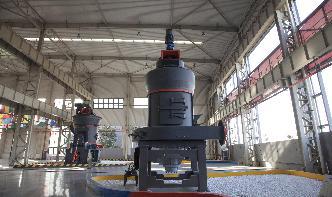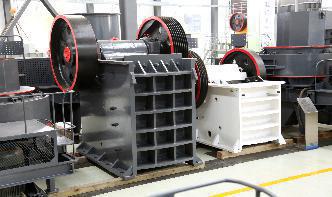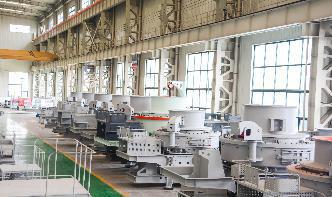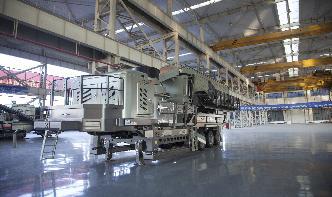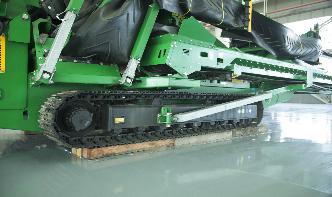A stowage factor is the volume required to stow a given weight of cargo on board a ship. Stowage factors are always estimates. Even if the volume and weight of cargo is calculated precisely, there are variations such as the shape of the storage compartment and the efficiency with which the shipper loads the cargo.
Stowage factor density . General : 2 fixed luffing shiploaders 3 to 4 times vessel shifting. Bunkers: Not available. Max size: Max Vessel LOA, 288 m, max beam 35 m draft 14 m max airdraft 17 m
The amount of 50 kilogram bags that will fit into a 40 foot container is dependent upon the size of the bags. 50 kilogram bags of gold will be much smaller than 50 kilogram bags of feathers.
Feb 25, 2015· Stowage factor (SF) indicates how many cubic metres (or cubic feet) of space one metric tonne of a particular type of cargo occupies in a hold of a cargo is calculated as the ratio of the stowage space required under normal conditions, including the stowage losses caused by the means of transportation and packaging, to the weight of the cargo.
Use of Granulated BlastFurnace Slag in Concrete as Fine Aggregate Article in Aci Materials Journal 103(3):203208 · May 2006 with 2,309 Reads Cite this publication
stowage factor mill scale 12 Table 2Vessel dead weight tonnage, stowage factors, and cost per unit cargo for the major vessel types ..... Economies of scale in the shipping industry ... the mill (or the deepwater landing site) to calculate the barging and rafting costs for. ... prev: stone crusher machine in india/jaw crusher/price list next: zenith 1352 crusher ...
Carrying solid bulk cargoes safely Guidance for crews on the International Maritime Solid Bulk Cargoes Code In conjunction with
Our comprehensive range includes: Bauxite Ore, Calcined Bauxite, Iron Ore, Barite ... products of Bentonite Bauxite such as Calcined Bauxite, Calcium Aluminate Cement, ... high alumina cement clinker, abrasive calcined bauxite, refractory bricks, ... we are the calcined bauxite, met coke, dead burnt magnesite supplier.
Nov 30, 2004· The stowage factor may be calculated as of the volume occupied by the cargo divided by the mass of the cargo, such as cubic feet per ton. If sacks of cargo are loaded haphazardly into the hold of a vessel, it is inevitable that space will be wasted, and fewer tons of .
The cargo's density, also known as its stowage factor, is the key factor. Densities for common bulk cargoes vary from tons per cubic meter for light grains to 3 tons per cubic meter for iron ore. The overall cargo weight is the limiting factor in the design of an ore carrier, since the cargo is so dense.
Wheat Stowage Factor Wheat: A heavy stowing corn grass, providing the most important bread food of the world and exported in huge quantities from Canada, the USA and Australia, usually in bulk but occasionally in bags.
Stowage segregation : Separated from foodstuffs. Separated longitudinally by an intervening complete compartment or hold from all good class 1,division and Separated by a completed compartment or hold from all other hazardous materials and dangerous goods. Hold cleanliness : Clean and dry as relevant to the hazards of the cargo.
Standard stowage practice for bagged cargoes should be adopted, ie use of double dunnage on decks and tank tops and provision of a spar ceiling or adequate dunnage to prevent the cargo coming into contact with the ship's
SRF is used to power various heat treatment plants, including cement factories, heating plants, industrial furnaces, etc. Renelux's RDF SRF are sourced from large .
That depends on the dimensions of the bags. You can't equate weight to area or volume. A 50 pound bag of feathers is a lot bigger than a 50 pound bag of sand.
Grain clean is the most common requirement. A ship will be required to be grain clean for the majority of bulk and break bulk cargoes, such as all grains, soya meal and soya products, alumina, sulphur, bulk .
Sources for these basic materials can be grouped into three main areas: Mining of mineral aggregate deposits, including sand, gravel, and stone; use of waste slag from the manufacture of iron and steel; and recycling of concrete, which is itself chiefly manufactured from mineral aggregates.
The stowage factor of any cargo is the volume which a certain amount in weight of that cargo occupies. It is usually measures in cubic feet per long ton or alternatively in cubic metres per metric ton.
The following storage options may need to be considered: round or rectangular, tall or short, steel or concrete, flat floored or hoppered, permanent or temporary. Some basic guidelines, or .
Packing 40' containers with Big Bags and other cargo can only be economic and practical if relatively light, bulky cases with a high stowage factor are stowed together with Big Bags with a low stowage factor. This combination of cargo allows the capacity of 40' containers to be fully utilized in both weight and volume terms.
Freight, Chartering, Operations and more: Stowage Factor, Stowage factor (SF) indicates how many cubic metres (or cubic feet) of space one metric tonne of a particular type of cargo occupies in a hold of a cargo shipIt is calculated as the ratio of the stowage space required under normal conditions, including the stowage losses caused by the means of transportation and packaging, to the weight of the cargo

